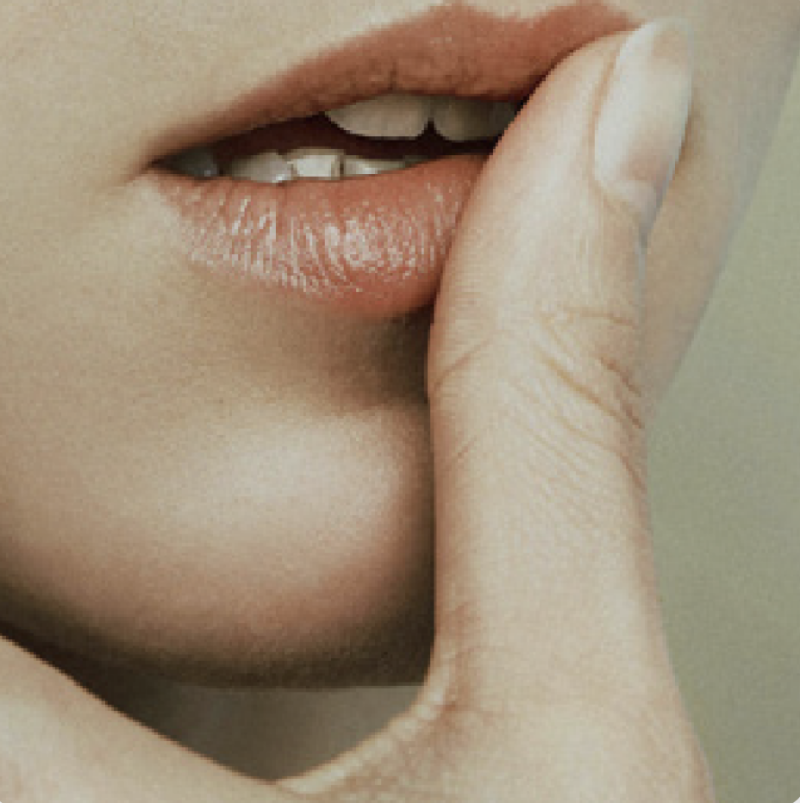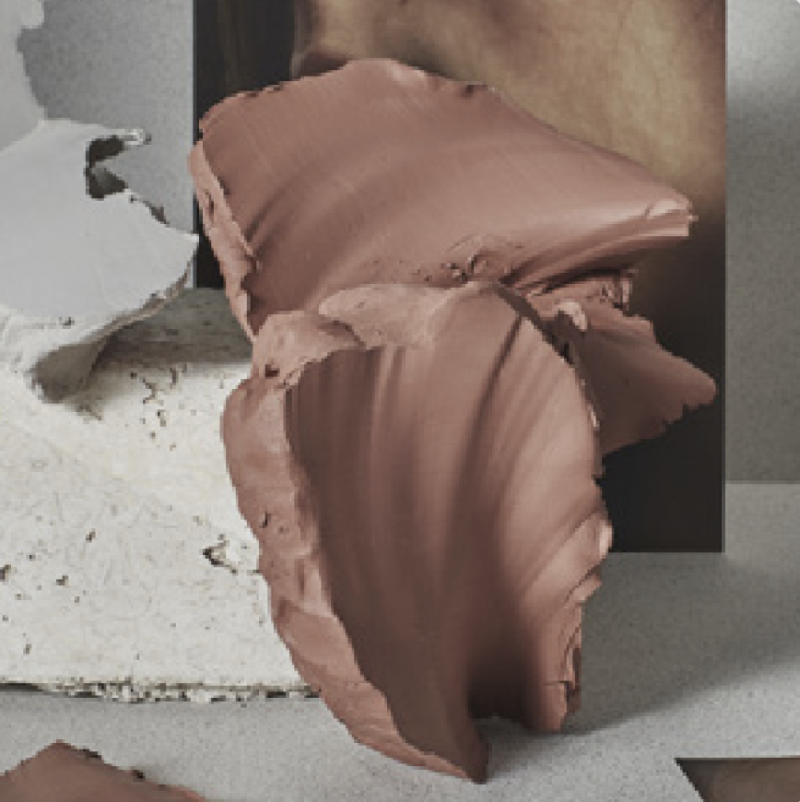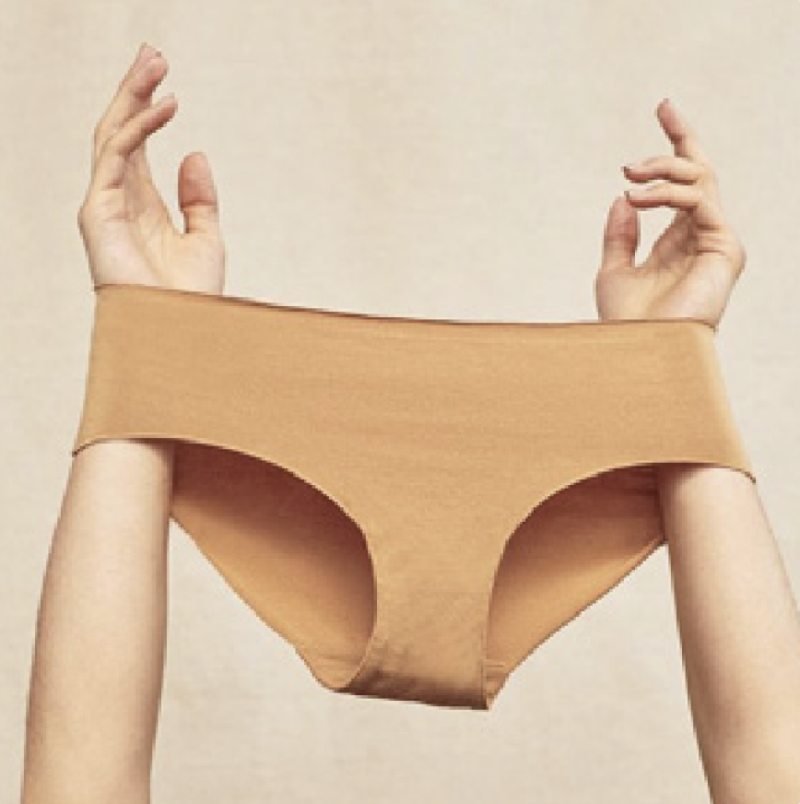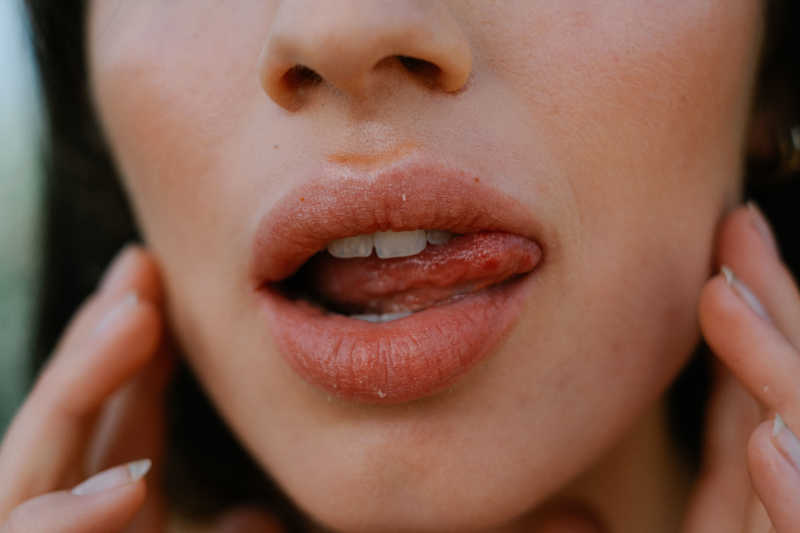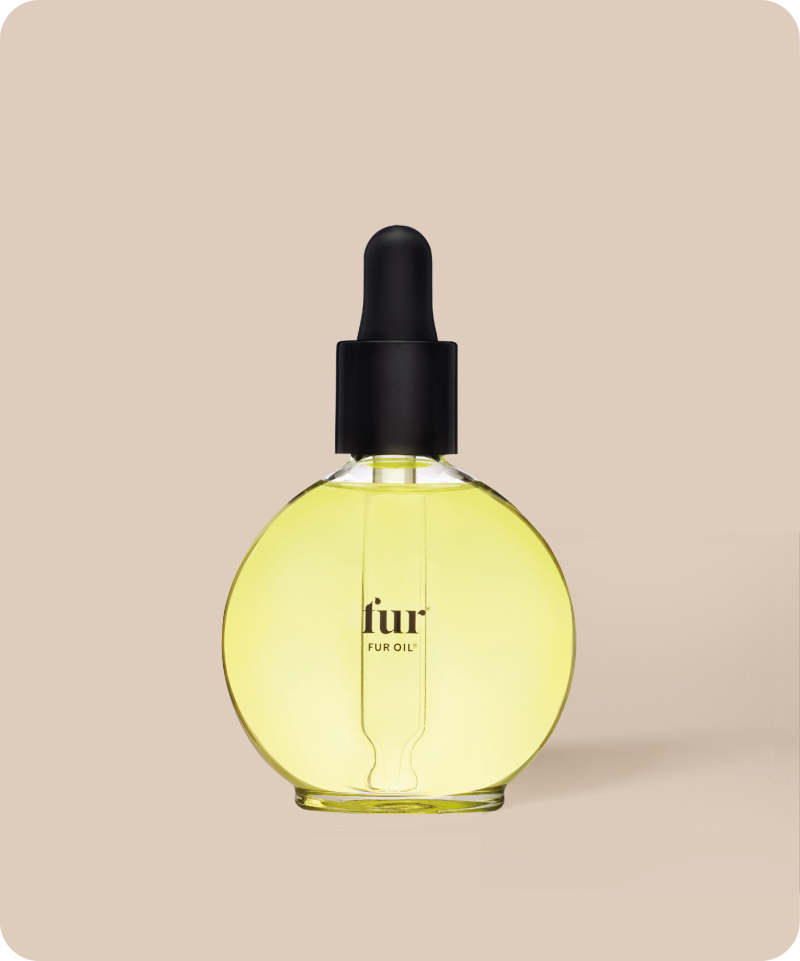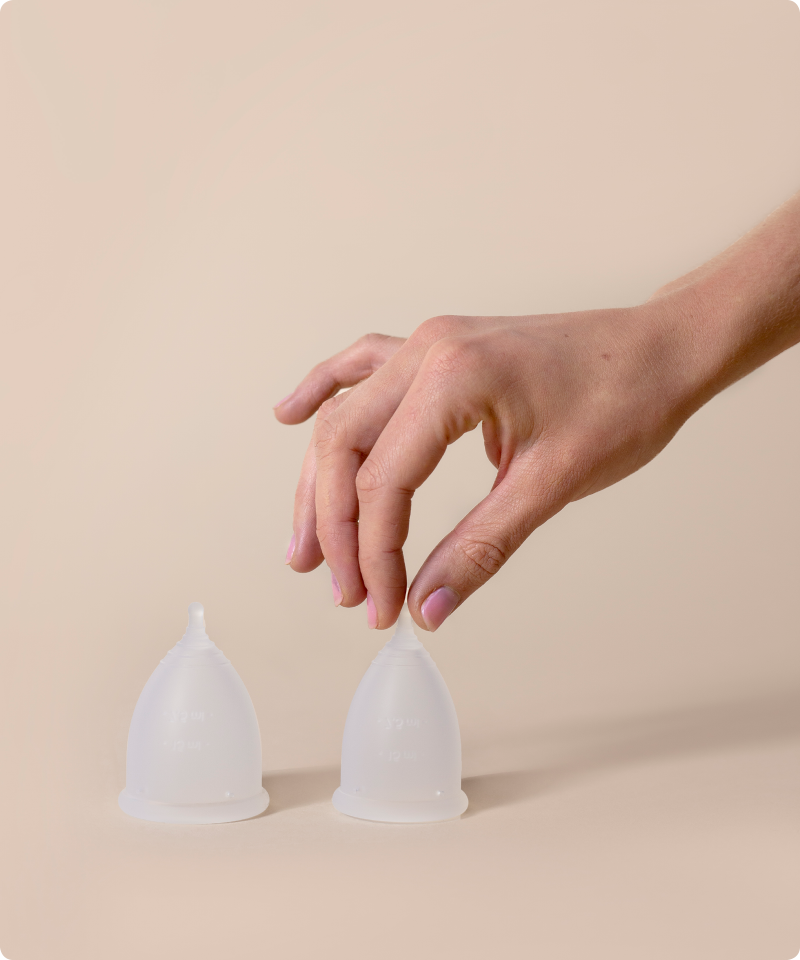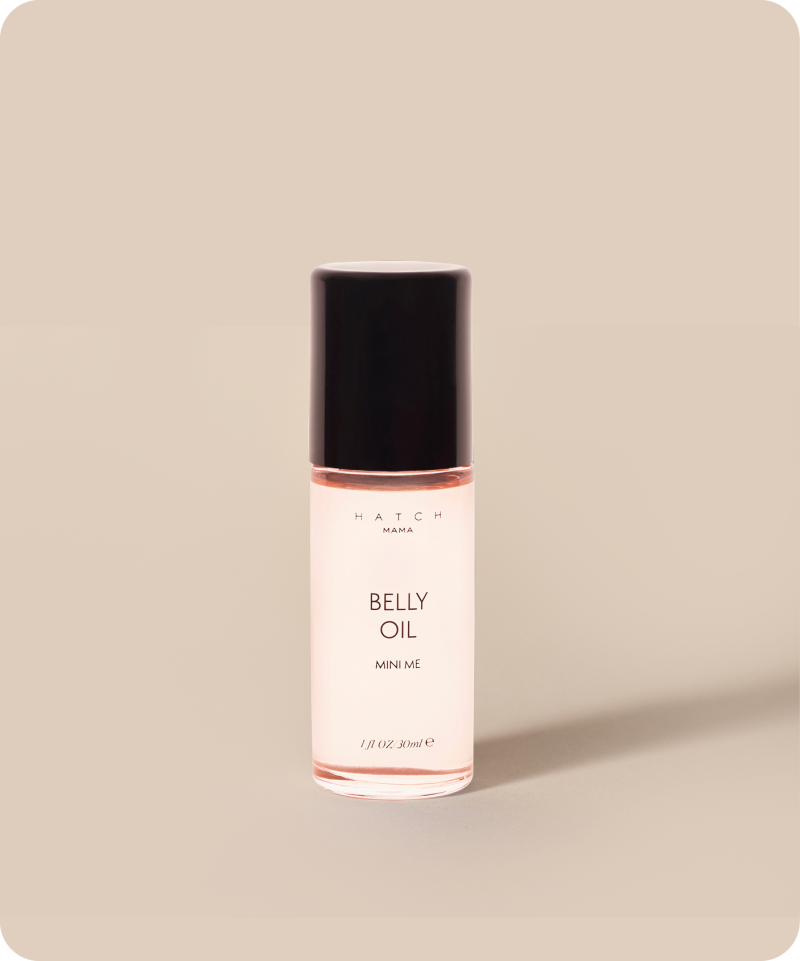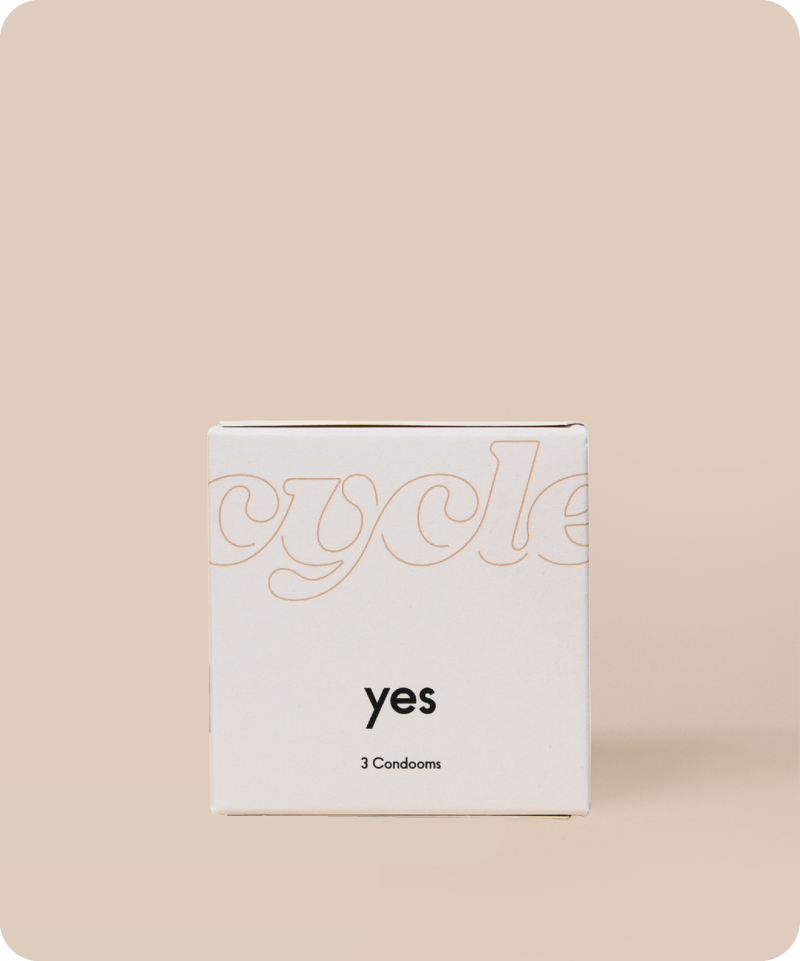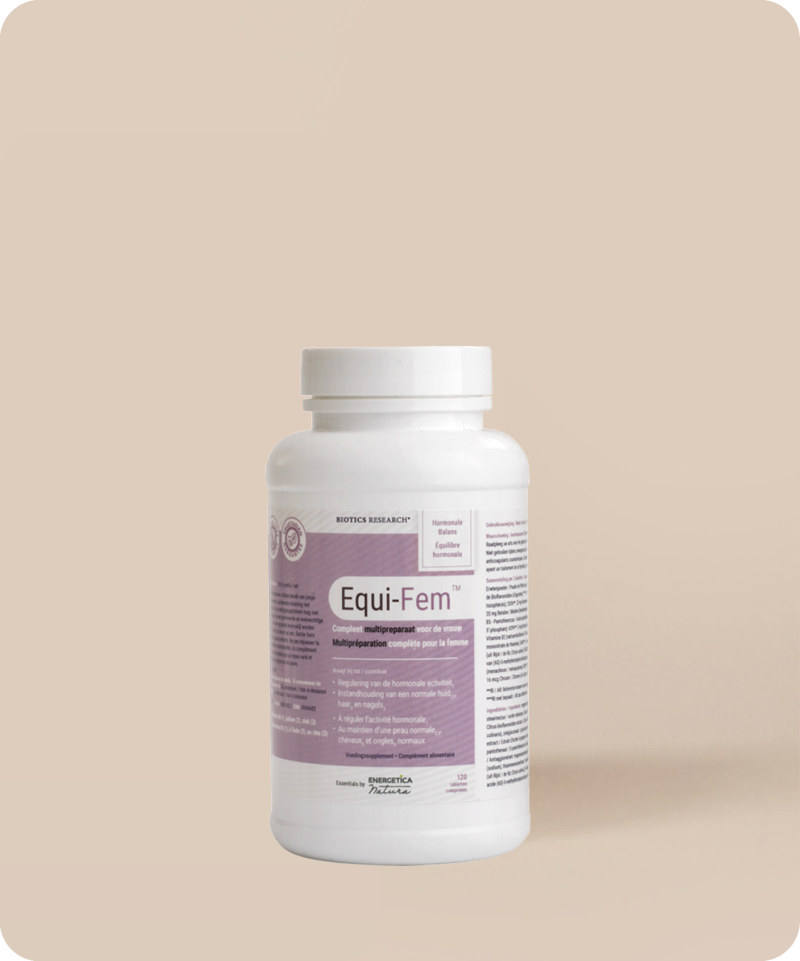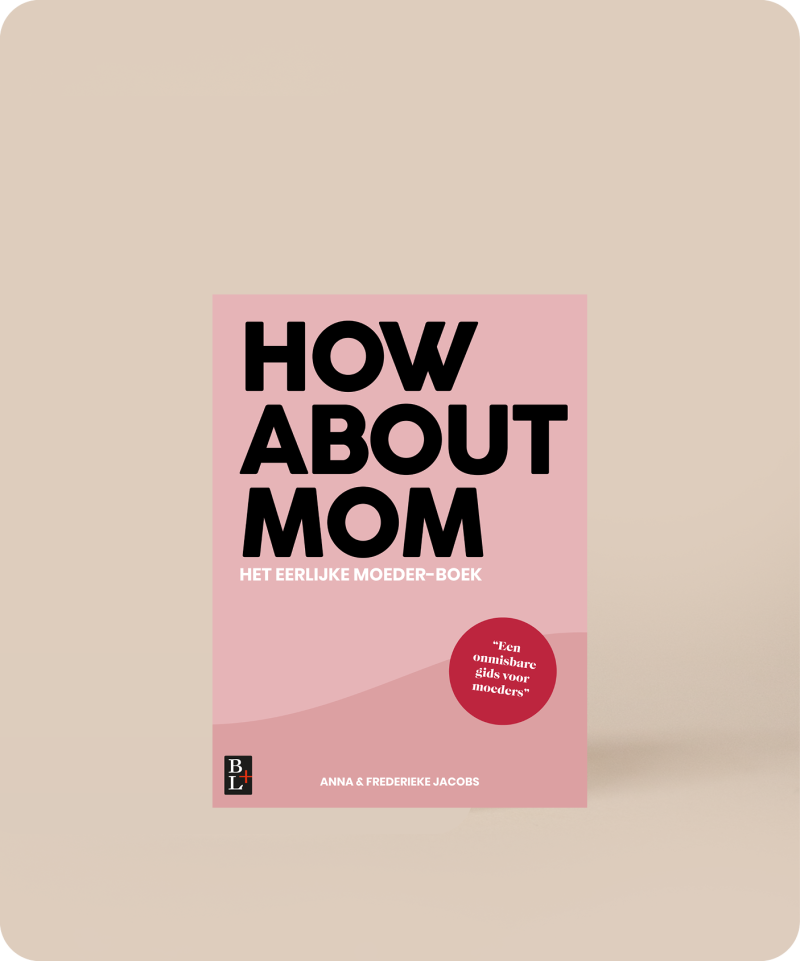The best time to work out during your cycle
Obviously, there are many factors at play here, but fluctuating hormones can be one of them. Because these have influence on your capacity to perform, the way you build muscle, the way your metabolism works, your temperature, and how quickly you injure yourself for example. This doesn’t mean that you aren’t able to perform well in certain periods of the month, not at all. You can work out in every phase of your cycle. It just means that you have to adapt your workouts and your recovery time to your cycle.*
The Cycle editors decided to study the very limited and barely available research and spoke with former elite athlete Anne Bavelaar. She guides female elite athletes during the practices for competitions, taking into account the hormonal fluctuations of the cycle.
Your menstrual cycle
Your cycle, taking the average of 28 days, can be split into multiple phases:
The follicular phase. This can be divided into two parts; first the menstruation phase from day 1 to 6, and second the phase of day 7 to 14.
The ovulation phase, or when an egg is released from an ovary, from day 13 to 15.
Lastly, the luteal phase, which takes place from ovulation until menstruation. This can also be divided into two parts: day 15 to 21 and day 22 to 28.
Everything you need to know about your menstrual cycle:
this is what's happening in your body
Read MoreYour period: day 1 to 6
At the start of your cycle, on the first day of your period, your testosterone, progesterone, and estrogen are at an all time low. Your body temperature is lower and hydrating your body is easier. Your body handles stress well and is able to adapt well to intense workouts that can stimulate your growth hormones.
This is the time for high intensityworkouts and doing the heavy lifting. Think about tougher (and longer) interval training with a higher heart rate, like riding your bike, running, skipping rope, etcetera. But this is also the perfect time for a hefty strength training session with heavier weights, a HIIT class or a spirited yoga class. This is the time to challenge yourself, you can handle it! However, don’t forget to take some time to recover. Allowing your body to rest is just as important as eating healthily. Your body can easily absorb carbohydrates during this phase, so make good use of that!
Even if you don’t feel too great, pulling a quick sprint can actually help that. But like we said before, it is so important to listen to your body. Take the time you need to rest and recover!
Follicular phase: day 7 to 14
The hormone estrogen is rising in your body. This is the hormone responsible for muscle recovery and muscle productions, so you can continue with those intense workouts. If you are strength training, this is the time to change up your reps. For example, do 10 reps with one weight, followed by 8 reps with a heavier weight, and then a round of 6 reps with the heaviest weight. But make sure that your technique is good. We don’t want you to injure yourself! Are you into running or cycling? You may train at your peak where you are quite out of breath and cannot talk during the workout. Your body will adapt to this very well.
Research shows that women who did strength training every other day during the follicular phase and only once a week during the luteal phase gained as much as over 20% more muscle strength than women who maintained the same training schedule throughout the cycle!
The ovulation phase: day 13 to 15.
Obviously, this differs from person to person, but this is the time to set that personal record! If you’ve set a goal for yourself that you wish to achieve, this is the time to try. If you have any (physical) symptoms from your ovulation, then those occur about three days after ovulation.
You’ll be more prone to injuries like muscle stiffness, small muscle tears, muscle sprains, and muscle cramps. Researchers don’t know yet why this is the case, but they think it has to do with the large fluctuations in hormones during ovulation. So, it’s important to do a good warm up before your workout! You can also add extra omega-3 to your diet in this phase by eating fatty fish for example. This works anti-inflammatory.
Luteal phase: the first halve (day 15 to 21)
Whereas in the first phase after your period you had the benefit of the hormone estrogen, namely explosive strength, this is now slowly falling away. This is because of the increase of the hormone progesterone. It’s the hormone of “more rest”. The rapid muscle contractions that your body could easily make in the first few weeks are disappearing again. The time has come to turn to gentle endurance training, so-called aerobic training with more focus on recovery. By this, we mean a workout that is relaxed and that you can sustain for a longer period of time. This workout is very effective to build your endurance and strengthen your heart and lungs. Think of running at a pace where you can still talk, swimming... But also pilates and yoga where you stay in poses for a longer amount of time are ideal to do now.
The influence of yoga
Read MoreAt first, your body was able to absorb carbs well, but now that’s not the case anymore. Your body focuses more on the fats now. Also, your body may not hydrate as much during this phase. Make sure to eat well for your workouts (carbs) and drink enough water. This doesn’t mean that you have to drink a lot of sugary sports drinks, but eat, for example, a plate of pasta every once in a while.
Luteal phase: the second halve (day 22 to 28)
This is the phase, for a lot of people, where you don’t feel as great as before. You’re dealing with brain fog, are more irritated, and you can suffer from physical symptoms. Oftentimes you are tired and you don’t handle stress as well as usual. This is because your hormones are at such a high level during this period that they pass through the blood brain barrier.
In this phase, a lot of energy and nutrients are going to your uterus. After all, your uterus is preparing itself to receive a fertilized egg and it needs a lot in order to do so. Your body cannot adapt itself as well as in the other phases, and the peak followed by a strong decline of hormones creates an inflammatory reaction in your body. It would be a waste of your energy to do an intense workout now.
Depending on how you feel you can spend these days actively working towards recovery. Technical workouts and quiet workouts. Instead of running, you could dribble, for example, or do a specific technical workout. You’ll notice that you often have brain “fogs”, but you’ll find that once you get your period, these workouts do pay off! For some people, it’s better to just do nothing for a little while and take a complete break. You have to listen to your body and do what’s good for you!
Because your uterus needs more nutrients, it’s even more important to give your body what it needs in this period. Zinc, magnesium, and omega-3 are nutrients that your body needs. You can get these from green vegetables, dairy, nuts, fatty fish, and shellfish. If you don’t get (enough) of these from your food, you can also take supplements, but before you do so, visit an expert and get advice from them. If you do this during this phase of your cycle, then you will notice that you will benefit from it while working out during your period and in the days after!
Working out on an empty stomach, yay or nay?
You have to realize that your hormones are sensitive. If you don’t eat anything before your (intense) workout, then you’re putting a lot of stress on your body. Cortisol will start to rise and your sympathetic system will take over (your nervous system enters the state of stress/survival). Because your body is in a state of stress, it will not be able to adapt as well as usual to your workout. Your recovery afterwards will also be less successful because you will have difficulty resting. After all, you’re in a stressful situation and the stress hormone cortisol always takes precedence over the other hormones. In this way, you may be creating a hormonal imbalance. Sometimes you see this reflected by the fact that - despite the fact that you are training hard - you gain more belly fat.
Also, a ketogenic diet may not be the best idea. Your body is already “ketogenic” from ovulation. It cannot absorb carbs as well as usual. So if you don’t eat these as much, then you’re giving your body “double stress”. And that, in turn, causes an increase of the stress hormone.
How to recover?
There are multiple ways, but one of them is via nutrition.
Protein via food after a workout is a good idea. During your workout you are creating tiny tears in your muscles and you want to fix those as quickly as possible. You want to get your body out of the sympathetic mode as soon as possible. And your muscles need proteins in order to do so.
Research shows that men need about 20 grams of protein, women need about 30 grams, and women in the perimenopause/menopause need even more: 40 grams. It’s especially important to add proteins to your food in the luteal phase. You can do this by eating eggs, veggie wraps, green beans, salmon or chicken. Try to do this within 30 minutes after you’ve finished your workout. This is because you want the breakdown of your muscles during and after training to be converted back into building muscle as quickly as possible.
If eating within 30 minutes after your workout isn’t an option for you, try to drink a protein shake instead.
Also, don’t forget to eat carbs and healthy fats! These are part of the recovery process as well, but can be eaten a little bit later.
But what if you’re on the pill?
With the birth control pill, you are actually using synthetic hormones at a higher dose than your natural hormones. In fact, you then have three weeks of a similar phase to the luteal phase (in which hormones are high) and the pill-free week is similar to menstruation (in which hormones are low). So, you do the more intense workouts in the pill-free week and in the first couple of days before you start a new strip. And in the weeks following your pill-free week, you do the less intense workouts.
With the pill, you are more likely to have inflammatory reactions in your body and oxidative stress. Your cortisol levels (the stress hormone) can be a little bit higher. On top of that, if you start training hard and intensively (without proper recovery and nutrition), the increase in the hormone cortisol actually causes you to build up a reserve layer: you get more fat around your belly.
So, try to take enough time to recover and make sure you eat healthy. Working out intensely for an hour before picking up the kids from school or going to that important work meeting immediately after might not be the best idea. It’s best to just take half an hour to recover and rest before starting on the daily race against the time.
* These are recommendations for healthy, athletic people who play recreational sports without heavy menstruations, such as heavy menstrual bleeding, people who suffer from endometriosis or PCOS, for example, or people who are severely overweight or in the run-up to/after surgery. Then different recommendations apply.
Source list:
Need for a higher dose of proteins after working out is because we need a minimum amount of the amino acid leucine, which triggers muscle production. The role of leucine: https://pubmed.ncbi.nlm.nih.gov/12501002/
Optimal amount of protein for men (20gr): https://academic.oup.com/ajcn/article/99/1/86/4577382?login=true
Study (on mice) where the effects of a keto diet were tested on male and female mice:
Study on strength gains depending on when strength training was done (follicular phase vs same every week): https://www.thieme-connect.com/products/ejournals/abstract/10.1055/s-2007-973052
